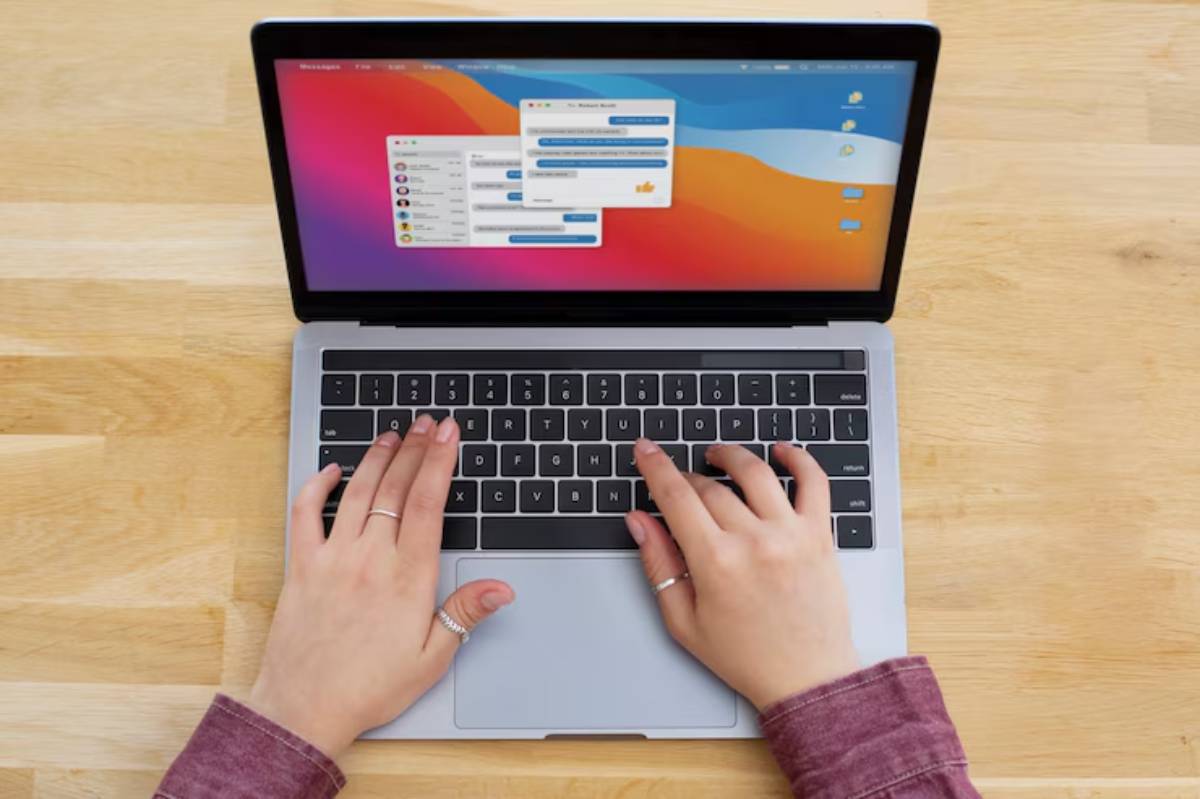The Personal Development Blog
Taming Tabs: How to Stop Digital Hoarding
You sit down to complete one task, open your browser, and suddenly, 17 tabs open. One is half-read, another plays a podcast you meant to finish, and a few are random articles or products you were “just looking at”. Sound familiar?
For many of us, tab overload has become the digital equivalent of a messy desk. It seems harmless at first — a little clutter, a few extras — but left unchecked, it leads to browser overload, constant distraction, and eventually, multitasking burnout.
But here’s the truth: tabs aren’t just tools. They represent unmade decisions. Each one carries a mental load, keeping your brain on high alert.
In this article, we’ll explore practical tab management techniques to reduce digital hoarding, restore mental clarity, and help you focus with less screen stress. If you’ve ever felt like your browser has become a mind map of unfinished thoughts, you’re in the right place.
The Psychology Behind Tab Hoarding
Why do we open so many tabs in the first place?
It often starts innocently. You’re researching something for work and suddenly go off on a tangent — a blog post, a how-to guide, a product comparison. You don’t want to lose them, so you keep them open “just in case”.
Here’s what’s really going on:
- Fear of missing out (FOMO): You don’t want to forget something useful or interesting.
- Task switching: You hop between tabs to avoid deep focus on one task.
- Cognitive offloading: You use your browser like a to-do list or memory bank.
But while tabs may feel like external storage, they’re actually internal noise. Each open tab tugs at your attention, even subconsciously.
According to Microsoft research, switching between digital tasks can cost up to 40% of your productive time due to lost focus and reorientation.
The Hidden Costs of Too Many Tabs
1. Mental Fatigue

Every open tab acts like a loose end. Your brain keeps track of them all — even if you’re not actively looking at them. This creates background stress that leads to mental fatigue, reducing your ability to think clearly and finish tasks.
2. Multitasking Burnout
Juggling tabs feels like multitasking, but in reality, it’s task-switching at high speed. This form of mental juggling drains energy quickly, leading to irritability, forgetfulness, and burnout.
You may feel productive, but studies consistently show that multitasking makes us less efficient and more prone to errors.
3. Slower Performance and Tech Lag
On a more practical note, dozens of open tabs can slow down your computer, drain memory, and crash your browser. That frustration only adds to your stress.
Real-World Example: Martin’s Midweek Tab Storm
Martin, a copywriter, used to keep over 30 tabs open at a time — drafts, research links, videos to revisit, and emails to reply to. “I thought I needed them all,” he said. “But it just made my brain feel scattered.”
After crashing his browser twice in one day, Martin tried a new approach: using a tab-saving extension, limiting himself to one open project at a time, and bookmarking articles he wasn’t actively reading.
Within a week, he felt calmer and finished tasks faster.
“I didn’t realise how much space it was taking up in my head,” he reflected.
Tab Management Techniques That Work
You don’t have to give up tabs entirely. You just need a system — one that reduces clutter and protects your focus.
1. Limit Tabs Per Session
Start by choosing a maximum number of tabs you’ll allow open at once — say, five to seven. If something new pops up, ask Can I finish something else first?
This limit helps train your brain to prioritise, not just collect.
2. Use Tab Grouping or Pinning
Modern browsers let you group tabs by topic or project. You can also pin tabs you use frequently (like email or your calendar) so they stay accessible but out of the way.
This visual order keeps things clean and mentally manageable.
3. Always Connected: The Modern Messaging Mindset

A person sits at a wooden table, fingers poised over a sleek laptop keyboard as messages flicker across the screen. The open messaging app reveals a flow of conversations—quick exchanges, team updates, and digital chatter—highlighting the always-connected nature of modern work. The rustic texture of the wooden table contrasts with the glow of the screen, subtly reflecting the tension between the digital world and the desire for a grounded, focused workspace. It’s a snapshot of today’s reality, where communication is constant and multitasking is the norm.
If you’re not ready to close something, use tools like:
- OneTab: Converts all open tabs into a list for later
- Toby: Organises tabs into workspaces or categories
- Pocket or Notion: Save articles or links for later reading
These let you store what matters without keeping everything open at once.
If you’re already trying to simplify your email life with Inbox Zero, extending that same principle to your browser tabs can make a huge difference.
4. Close the “Guilt Tabs”
You know the ones — that novel you haven’t read, the online course you haven’t started, the article you’ve been meaning to finish for two weeks.
It’s time to close them.
Or, better yet, bookmark them in a labelled folder (e.g. “Weekend Reading” or “Career Growth”) and review once a week. Out of sight doesn’t mean out of mind — it means off your mind until you’re ready.
Build a Healthier Tab Routine
Morning Check-in
When you start your workday, resist the urge to dive into yesterday’s tab pile. Instead:
- Close everything you’re not using
- Open only what you need for your first task
- Set an intention for the session (e.g. “Finish draft before checking email”)
This resets your mental state and helps you start fresh.
Afternoon Clean-Up
Midday or before lunch, take 5 minutes to:
- Review open tabs
- Close completed tasks
- Save resources for later in an app or bookmarks folder
It’s a quick reset — like tidying your desk before moving to the next thing.
Weekly Declutter
Once a week, dedicate 15 minutes to clear digital clutter. Review:
- Your reading list
- Saved tabs or resources
- Bookmarked content you never revisited
You’ll be amazed how much mental space this creates — and how many “someday” tabs you can finally let go of.
If you’re working on creating a minimalist digital workspace, managing your browser is an essential part of the bigger picture.
Common Myths About Tab Management
“I need all of these open — I’ll forget otherwise.”
That’s what bookmarks, notes, and read-later tools are for. Your brain isn’t meant to hold dozens of open loops. Use external systems to track what matters, not just your browser.
“It doesn’t bother me — I’m used to it.”
You might be used to the noise, but that doesn’t mean it’s helping you. Normalised overwhelm is still overwhelm. Try a week of cleaner browsing and feel the difference.
“It’ll take too long to clean up.”
Start small. Close five tabs now. Create one folder for reading later. You don’t need a perfect system — just one that reduces friction.
Real-Life Scenario: Aisha’s Project-Focused Approach
Aisha, a university student juggling coursework and part-time work, used to leave dozens of tabs open “to keep things handy.” But the clutter became overwhelming, especially during exam season.
She began creating separate browser windows for each project — one for university research, one for her part-time job, and one personal. Each had just 3–5 tabs.
With this change, she found she could switch contexts more smoothly and feel less drained. “It was like mentally walking into a different room each time,” she said.
Simple shifts. Big relief.
Final Thoughts: Fewer Tabs, More Clarity
Your tabs are more than just digital bookmarks — they represent mental commitments. Each one pulls a thread of your attention, even when you’re not actively engaging with it.
But you don’t need to let your browser run your brain.
By applying smart tab management techniques, you can:
- Reclaim your focus
- Reduce multitasking burnout
- Navigate your day with less digital stress
You don’t need a perfect tab-free life. You just need better habits — ones that support your energy, not scatter it.
So what’s one tab you can close right now? Start there. Your mind will thank you.









